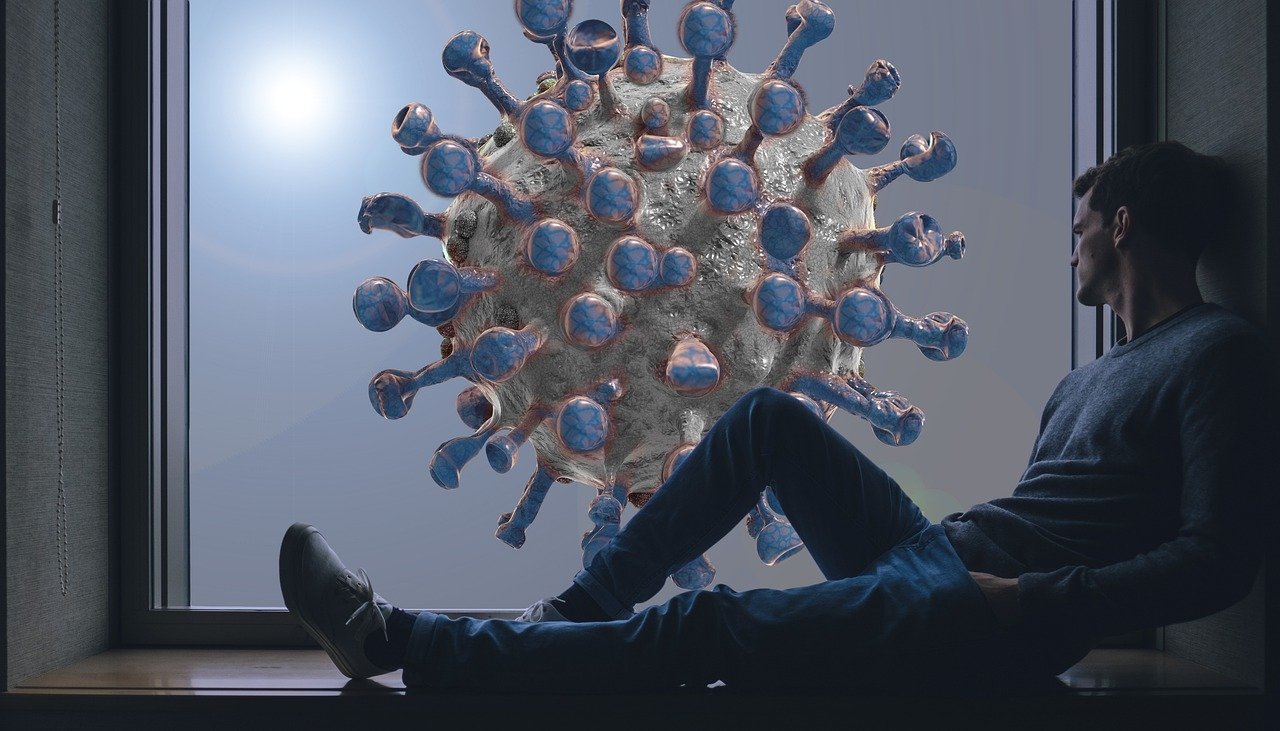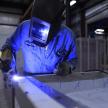
02nd
Is HVAC a risk in quarantine hotels?
AIRAH has questioned the suitability of hotels for quarantine operations, on the basis that air movement within hotels could have led to transmission of the virus Are hotels suitable COVID-19 quarantine facilities, HVAC&R News 25 November 2020.
This is needlessly spreading fear.
“Evidence to date suggests that, similar to other respiratory viruses, COVID-19 is mainly transmitted by respiratory droplets” said Australia’s Infection Control Expert Group in a statement published 19 October.
Evidence to date doesn’t support transmission via quarantine hotel airstreams. Using data from Victoria’s second wave to illustrate:
- Victoria’s Hotel Quarantine Inquiry reported that 236 or 1.1% of returning travellers that went through Victoria’s hotel quarantine program tested positive for COVID-19.
- 21,200 people were COVID free after 2 weeks in the hotels.
- Evidence was given to the Inquiry that all of Victoria’s second wave cases (827 as at 29 July) were gnomically linked to the infection of one family (the Rydges cluster) or one person (the Stamford cluster).
- If it were true that SARS-CoV-2 spreads through hotel HVAC, would we not have seen an avalanche of cases among the inmates and workers and myriad gnomic links from workers to many of the 236 positive cases, not to only two?
- Perhaps some of the 236 cases were acquired in the hotels and not overseas, but on the numbers (98.9% COVID-free) it would seem unlikely there’s a risky hotel airway transmission pathway. (We were unable to locate gnomic analysis of the 236 positive cases – please let us know if this exists.)
Adequate ventilation (mechanical and/or natural) should be among the criteria for suitability of a facility to operate as a quarantine. Building construction and HVAC design/operation are important factors, for example return air from one guest room not entering another, and capacity to operate air handlers on full outside air. However modern facilities shouldn’t need to be single level or have hospital grade HVAC as AIRAH suggests or implies.
Regrettably, some popular press has translated the scientific evidence of aerosol spread in certain poorly ventilated situations into a narrative that “aerosol is the main transmission pathway for COVID”. AIRAH should avoid this pitfall and also communicate in a less speculative and alarmist style.
Categories
Recent Posts
Trichloramine and Indoor Air Quality in Swimming Pools
05th Nov
For swimmers and pool workers alike, the characteristic "chlorine smell" at indoor swimming pools is part of the experience. Howev...
Indoor Air Quality Takes Centre Stage: A New Government Report on Airborne Virus Transmission
30th Sep
The importance of Indoor Air Quality (IAQ) has gained significant attention following the release of a groundbreaking report from Australia‚...
Changes to the workplace exposure standard for welding fumes
15th Mar
On January 18, 2024, SafeWork Australia made a significant adjustment to the Workplace Exposure Standard (WES) for Welding Fume (not otherwi...

















